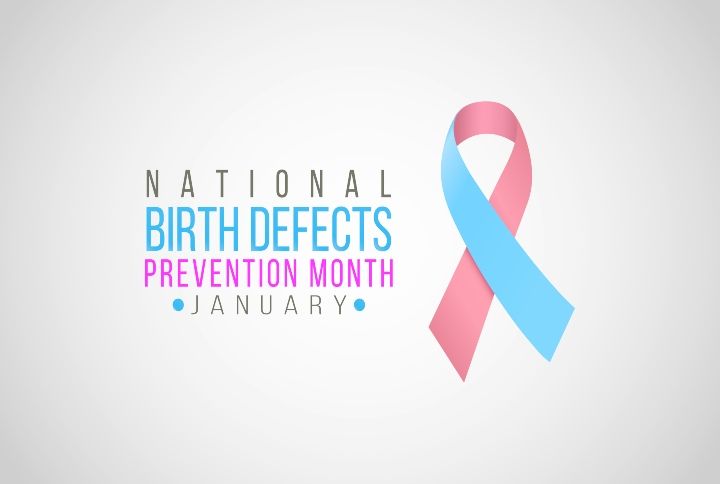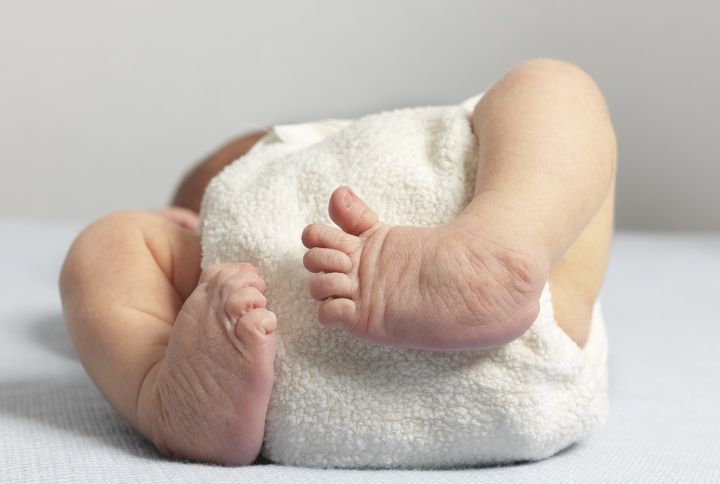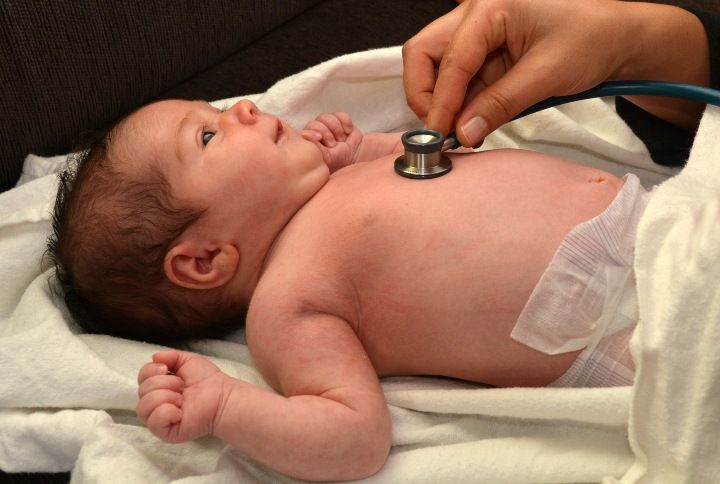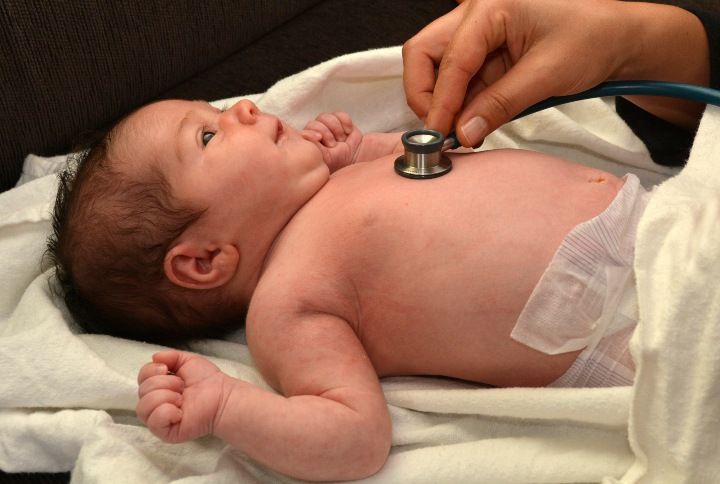
January is observed as the National Birth Defects Prevention Month in the USA, a month to raise awareness about birth defects and their impact on families. Birth defects are a global health issue. Hence, we feel it’s important to have some common knowledge about them. To understand what birth defects are, we reached out to Dr Shradha Maheshwari, a Consultant Neurosurgeon. Dr Shradha shared her expert inputs on the different types of birth defects, their causes and treatment; scroll down to read all about it.
What Are Birth Defects?
A birth defect is an abnormality of appearance, structure or function seen in any organ, and is present at birth. It is estimated that approximately 3% of live-born infants show one or more significant birth defects. These numbers increase by the age of one year due to the late discovery of these defects. An individual can have a single birth defect, multiple birth defects of the same organ or defects in multiple organs. Not all birth defects are visible or detected at birth though, many remain silent till adolescence or later. Neural birth defects rank second after cardiovascular abnormalities. Once detected, appropriate guidance from a dedicated team of doctors help in treating these patients.
Types Of Birth Defects

A birth defect may be broadly grouped into three types.
1. Chemical Imbalance
An example of a chemical birth defect is the disease known as Phenylketonuria, which causes severe mental retardation, behavioural symptoms or seizures. It is a defect in metabolism.
2. Internal Structural Defect
An example of an internal defect is Spina Bifida Occulta, wherein the spinal cord is tethered inside in the bony elements or there is a structural deformity of the bones in the spine. Sometimes, they may be visible as external markers on the skin like of a patch of hair, a dimple or a change in skin colour.
3. Obvious Visible Exterior Defect
Myelomeningocele, which presents as a swelling in the back, falls in the category of visible exterior defects. These may cause neurological impairment in the baby.
Causes And Prevention Of Birth Defects

While the majority of birth defects are without any detectable cause, many factors have been implicated as being responsible for causing them.
1. Genetics
Genes are the blueprint that control the development and function of a particular body part. Approximately 20% of the birth defects are caused by genetic or hereditary factors. A simple way to identify if the genetic error runs in the family is to look at your family history. A family history of birth defects increases the risk of having a child with a birth defect. Genetic counselling is essential for these patients and should be done before planning the next pregnancy.
2. Environmental Factors
Environmental factors such as infection, radiation and drugs are responsible for 10% of birth defects. In the first 10 weeks after conception, the fetus is in the embryonic stage. It is during this stage, that the development of most of the organs take place. Exposure to infections, radiation and inappropriate drugs during this period can cause damage and can lead to birth defects. Infections like rubella and German measles have been associated with an increased incidence of birth defects. Radiation exposure during the first three months of pregnancy has been associated with birth defects like microcephaly, spina bifida, blindness or cleft palate. Drugs like thalidomide have been shown to cause birth defects. One should be aware of these factors and avoid exposure to them during the first three months of pregnancy.
3. Addictions
Tobacco chewing, alcohol and smoking have always been associated with an increased risk of birth defects. Fetal alcohol syndrome which causes typical birth defects like mental retardation, learning disabilities, poor coordination and hyperactivity, are caused by maternal alcohol consumption. Opioid addiction can cause serious birth defects in the baby. If you are into any such addictions, clear your facts prior to planning the pregnancy.
4. Pre-Existing Diseases
Epilepsy and diabetes are the two most common diseases that might put your pregnancy at risk for birth defects. Certain epilepsy medicines like valproate and eptoin are shown to have a teratogenic effect and are associated with birth defects. It is essential to talk to your doctor before you get pregnant about which epilepsy medicines will be the safest for use.
Similarly, diabetes especially uncontrolled might put you at risk of having a baby with neural tube defect. Eating healthy foods, controlling your sugars and being physically active may help you in reducing the risk.
5. Pre-Pregnancy Weight
A body mass index in the range of 30 or higher is termed to be obese. A woman who is in this category is at high risk. Moreover, the added weight gain during pregnancy puts her at an even higher risk. An excessive amount of weight gain during pregnancy is also associated with increased complications. Try to be in a healthy weight range before you’re planning your pregnancy.
Only around 30% of the birth defects have an identifiable cause. This means that about 70% of birth defects occur without any straightforward cause or are probably multifactorial in origin. Certain birth defects like spina bifida can be easily prevented by adequate folic acid intake by pregnant women. Counselling before planning pregnancy for women at high risk is very important.
What would you like to know about birth defects? Please share it with us in the comments below!
Join Girl Tribe By MissMalini on Facebook to be a part of more such conversations!

